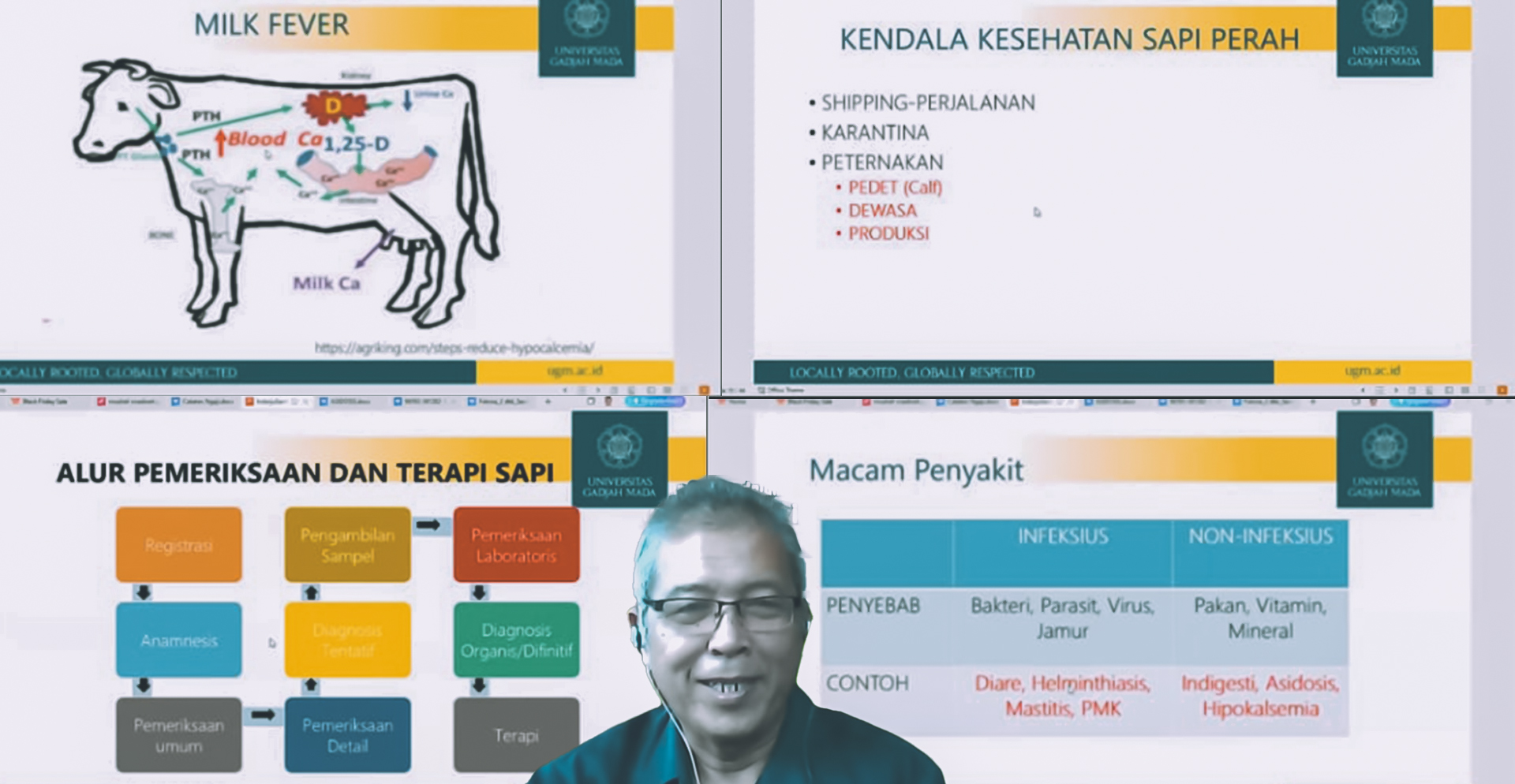
Maintaining the reproductive health of cattle is a crucial factor in the success of the oil palm cattle integration system, known as SISKA. This is because when we manage their reproductive health well, the chances of Brahman heifers getting pregnant in oil palm plantations are higher compared to even those in Australia. Plus, these cows are less likely to suffer from parasites.
R. Kurniadi Achjadi, a member of the Ministry of Agriculture's Seed Commission, shared these insights during the 10th episode of the Siskaseries webinar organized by Gapensiska (Association of Actors Observing the Cattle-Oil Palm Integration System). In his presentation, Kurniadi drew from his experience as a SISKA consultant at AstraAgro (Astra) palm oil plantations in Central Kalimantan from 2016 to 2020.
Kurniadi pointed out three essential keys to the success of SISKA. First and foremost is consistency. It's crucial to stick to a consistent plan, especially when dealing with diseases. Imagine if an infectious disease were to spread within SISKA – it could affect thousands of cows. Therefore, maintaining consistency is vital.
Secondly, he emphasized the importance of commitment. Working in integration is not easy. Even though Kurniadi may visit the location only once every two weeks, when he is there, he is fully dedicated to doing his job. Additionally, there is the challenging task of inspecting thousands of cows within a span of 10 to 14 days. Issues like faulty electric fences that allow cows to escape and guarding the cows from predators like snakes during the night can be quite demanding.
The third key factor is collaboration. No one can do everything alone in this field. Astra, for example, is taking the lead in marketing its feedlots across regions like Kalimantan, West Kalimantan, and Central Kalimantan. Collaboration among different stakeholders is essential for success, including processes like cow handling.
Kurniadi also shared his discussions with the Minister of Agriculture, where he conveyed Astra's objectives. One crucial point is that integration has been ongoing for 15 years. To ensure success, integration must extend from upstream to downstream and marketing; each element cannot be separated. Despite its challenges, SISKA remains quantitatively and qualitatively profitable. These challenges include aspects like nutrition and health.



























